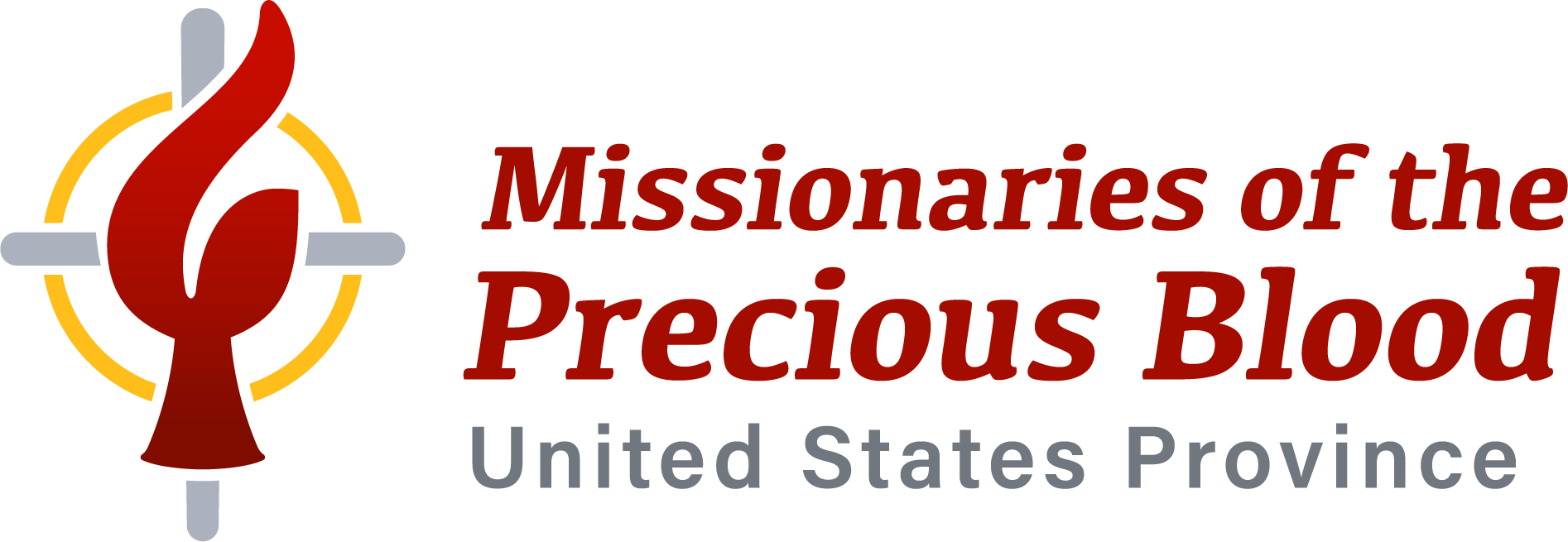Missionaries of the Precious Blood
As an apostolic community we commit ourselves to the service of God in the Church under the sign of the blood of Christ. Following in the footsteps of St. Gaspar, our founder, we are missionaries, bound together by the bond of charity and engaged in the ministry of the Word, bringing that word of truth and renewal to a world so much in need of God’s redeeming and liberating love.
Through many ministries, the Missionaries of the Precious Blood serve those on the margins through work in the inner city, healthcare, pastoral care, and advocacy. Our members serve as teachers, pastors, missionaries, retreat leaders, theologians, advocates for those on the margins of society, hospice care workers, and justice & peace advocates.
The world-wide society is comprised of seven provinces and nine vicariates and missions. In North America, there is the United States Province in the United States, and the Atlantic Province in Canada—with over 250 priests and brothers between the two provinces. Integral to the Province are Precious Blood Companions and Precious Blood Volunteers who also share in our spirituality, following the example of our founder, St. Gaspar del Bufalo.

CPPS: The Dream Continues
The Society of the Precious Blood is a fraternal community of priests and brothers founded by St. Gaspar in 1815. Bonded through charity by a promise of fidelity, we are prayerfully motivated by the spirituality of the precious blood of Jesus Christ to serve the needs of the Church as discerned through the signs of the times and in the light of the Gospel.
The United States Province, Kansas City—incorporated members, covenanted companions, and candidates—united in prayer, service, and mutual support, characterized by the tradition of its American predecessors, are missionaries of these times with diverse gifts and ministries. In a spirit of joy, together with Precious Blood Companions, we strive to serve all people—especially the poor—with care and compassion, hope and hospitality.
In our willingness to be flexible and responsive to changing needs, we fulfill our mission through:
- supporting and nurturing one another
- embracing a life of prayer
- calling forth the gifts of the laity and working in collaboration with them
- preaching and witnessing the word of God
- promoting conversion and reconciliation
- pursuing justice ever mindful of the poor and marginalized
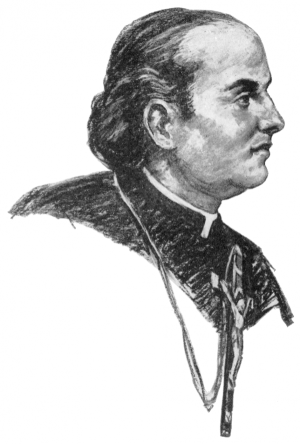 St. Gaspar del Bufalo was born on the Feast of the Epiphany, January 6, 1786, in Rome. His parents named him after the Magi who visted the Christ child: Gaspar Melchior Balthazar del Bufalo. It was an apt name for a man who would spend his life on a quest to fulfill the will of God.
St. Gaspar del Bufalo was born on the Feast of the Epiphany, January 6, 1786, in Rome. His parents named him after the Magi who visted the Christ child: Gaspar Melchior Balthazar del Bufalo. It was an apt name for a man who would spend his life on a quest to fulfill the will of God.
Gaspar was raised in the bustle and activity of the Eternal City. When Gaspar was a little boy, his father was hired as a cook for a family with royal connections, and the family moved to the Palazzo Altieri, in the heart of Rome.
As a child, Gaspar suffered from a near-fatal illness, and his faith-filled mother, Annunziata, dedicated him to St. Francis de Sales. At a young age, Gaspar knew his calling, and he visited the sick and the poor, often stopping at a bakery first to buy a sweet treat to share with them.
He was ordained in 1808, at the age of 22. Soon after, he formed an evening society for the laborers and farm workers who came into Rome to sell their wares. He wanted to bring them back to the Church, and to show them that, even though they struggled to survive on the streets of Rome, their lives had value.
Gaspar was caught up in the political crisis when Napoleon swept into power in the Papal States. The new anti-clerical government demanded that priests sign an oath of allegiance to Napoleon. Gaspar declared, “I cannot, I must not, I will not.” His refusal to sign the oath led to four years of exile and imprisonment. Many priests, bishops and even the pope were also exiled in those years.
Away from home, unsure about his future, unable to continue in his many ministries, and in misery over the death of his beloved mother, Gaspar struggled against despair. But also during that time, mentored by Francesco Albertini, Gaspar nurtured his devotion to the Precious Blood of Jesus.
After Napoleon’s defeat, he returned to Rome in 1814 and threw himself into his preaching ministry. Through spreading the Good News of the Gospel, he believed he could help heal and revive a Church that had been sorely tried and tested.
On August 15, 1815, St. Gaspar founded the Congregation of the Most Precious Blood (C.PP.S.) in Giano, Italy. It was a very small congregation, with only four members (including St. Gaspar). They began to preach in towns throughout central Italy. As they preached mission after mission, igniting the fire of faith in God’s people, they began to draw more members to their new Congregation.
Life was not easy for St. Gaspar. He was mocked and threatened by those in the anti-clerical movement of the day. People in his own Church often did not understand or support what he was attempting. Money for his fledgling congregation was always in short supply.
In the years that followed, St. Gaspar never stopped moving. He founded 15 mission houses and encouraged more young men to join his Congregation as priests or brothers. He continued throughout his lifetime to reach out to those who were alienated from society. When the countryside fell into the grips of bandits, Pope Pius VII threatened to raze the town of Sonnino, which had become the bandits’ headquarters. Gaspar begged for the chance to save the town. He preached to the bandits until they accepted his message of reconciliation and redemption—and saved the town from destruction.
Through it all, he inspired others to follow him, always expanding his circle. Through his preaching, a young woman named Maria de Mattias was moved by the spirituality of the Precious Blood to found the Adorers of the Blood of Christ in Acuto, Italy, in 1834. (Maria was canonized in 2003.)
Gaspar died on December 28, 1837, in Rome, where he spent the previous summer ministering to those affected by an epidemic of cholera. The physician who examined him said Gaspar died a “victim of charity,” worn out by his ministry to others.
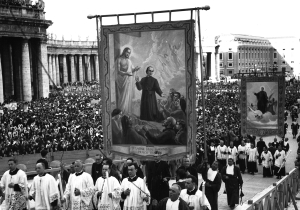 St. Gaspar was canonized by Pope Pius XII in 1954. His work continues through his Missionaries around the world. St. Gaspar never turned back. Weakened by ailments, called a fanatic or fool by people who should have supported him, imprisoned and impoverished, and challenged at every turn, his answer to God’s call was always yes. His followers continue to turn to him for inspiration, as they fulfill the wish he once expressed: “I wish that I could have a thousand tongues, to endear every heart to the Precious Blood of Jesus.
St. Gaspar was canonized by Pope Pius XII in 1954. His work continues through his Missionaries around the world. St. Gaspar never turned back. Weakened by ailments, called a fanatic or fool by people who should have supported him, imprisoned and impoverished, and challenged at every turn, his answer to God’s call was always yes. His followers continue to turn to him for inspiration, as they fulfill the wish he once expressed: “I wish that I could have a thousand tongues, to endear every heart to the Precious Blood of Jesus.
Gaspar’s small band of Missionaries worked among the country people of Italy. They staged parish missions where they preached day and night, in churches, on street corners and anywhere else that people congregated. They dedicated their lives to renewing a Church that had been battered and rejected during Napoleon’s invasion of Italy.
From town to town, St. Gaspar and his Missionaries traveled, spreading the Good News that Jesus gave his Precious Blood to save the world. They reached out to those who felt lost or abandoned, to the sick and suffering, to those in hospitals and prisons. St. Gaspar established mission houses throughout the Italian countryside where his Missionaries lived together. They drew strength from the Precious Blood of Jesus and from each other, then went forth to their Missionary work.
Led by Fr. Francis de Sales Brunner, C.PP.S., (pictured at right) the Missionaries came to America in 1844. They had been invited to serve here by Archbishop John Baptist Purcell of the Archdiocese of Cincinnati, who needed priests and brothers to minister to the German-speaking Catholic settlers along Ohio’s western border.
Fr. Brunner was a Swiss-born priest of such zeal that he used the long Atlantic crossing as an opportunity to lead a nine-day retreat to the priests, brothers and candidates who accompanied him to the United States. He led his small group of Missionaries to found parishes and mission houses throughout western Ohio and Indiana. While the priests served in parishes, the brothers performed the back-breaking labor of clearing the land and building religious houses at 10 different locations.
Fr. Brunner never had a spare nickel and his priests were criticized because some thought them rough around the edges and under-educated. Yet Fr. Brunner and the Missionaries who followed him founded dozens of Precious Blood parishes, as well as the Sorrowful Mother Shrine in Bellevue, Ohio.
From those parishes came the next generation of Missionaries to serve in the United States, and then the next and the next. Missionaries established two colleges, Saint Joseph’s College in Rensselaer, Ind., and Calumet College of St. Joseph in Whiting, Ind.
From the United States, the Missionaries went on to serve in Chile in 1947, then Peru and Central America.
God alone keeps an inventory of the Missionaries’ accomplishments, but people in Precious Blood parishes, those who were educated by them, or who met them in other ways have their own favorite stories of the times when a Precious Blood priest or brother stepped into their lives when he was most needed.
United States Province Leadership
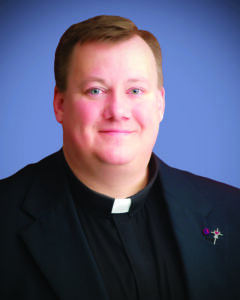
Fr. Jeffrey Kirch, C.PP.S.
Provincial Director
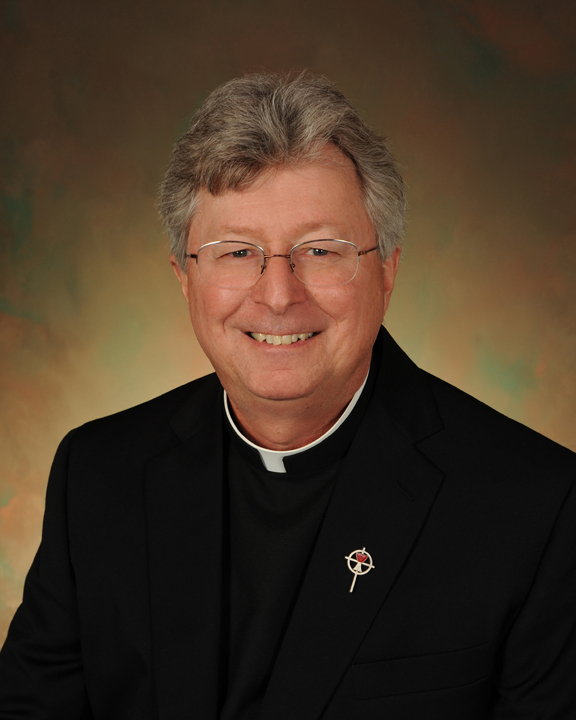
Fr. Joseph Nassal, C.PP.S.
Vice-provincial Director
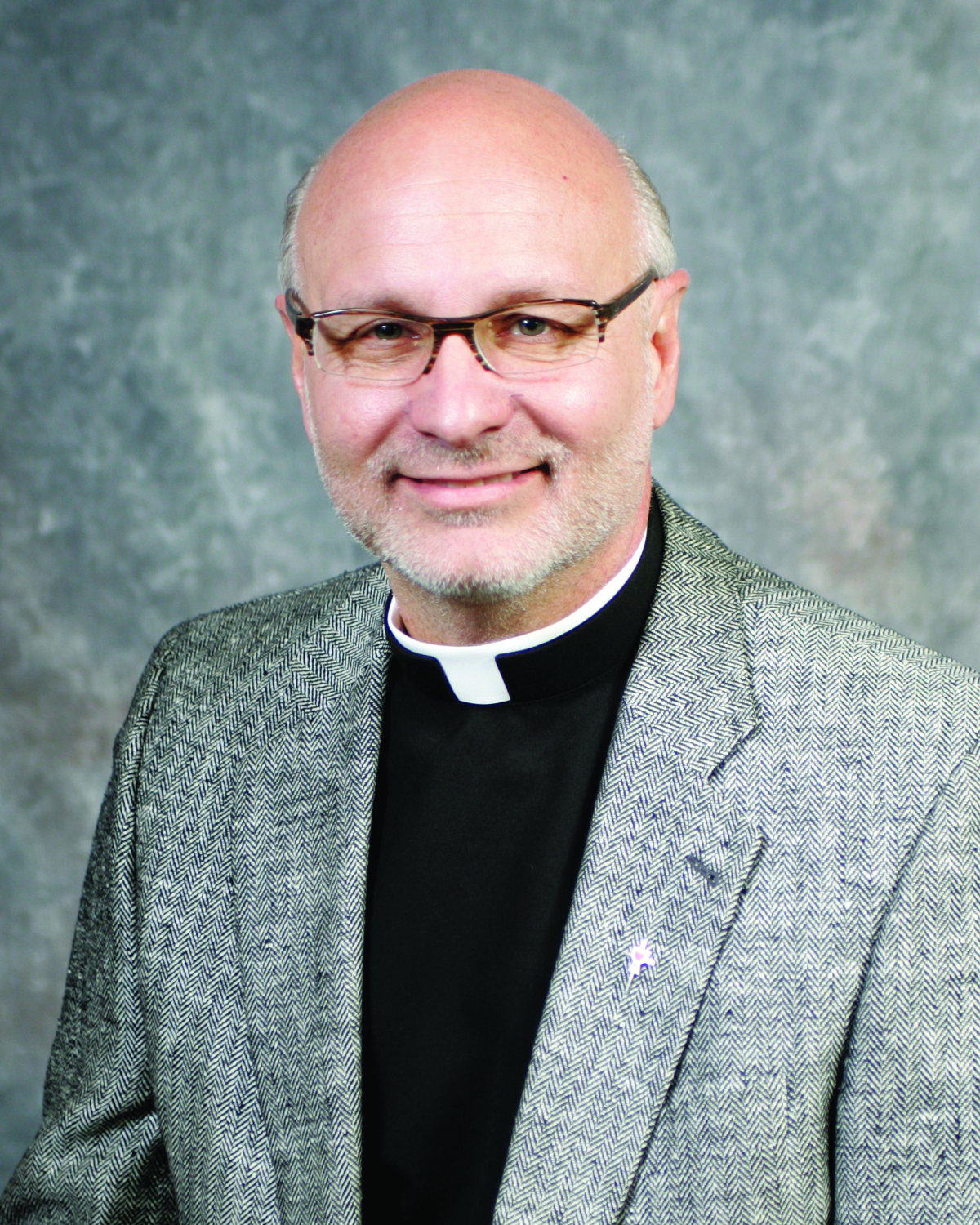
Fr. Benjamin Berinti, C.PP.S.
Second Councilor
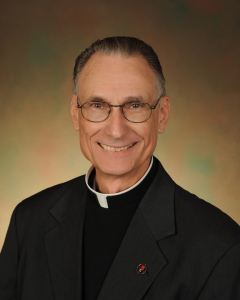
Fr. Ronald Will, C.PP.S.
Third Councilor
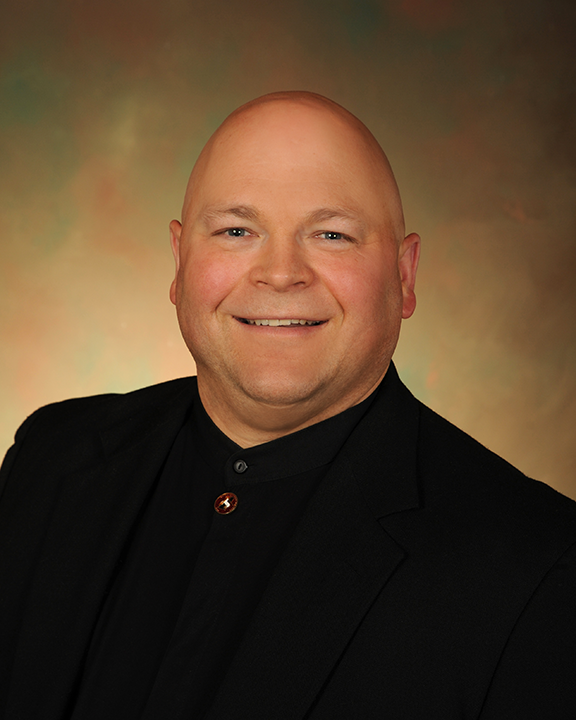
Br. Daryl Charron, C.PP.S.
Fourth Councilor
